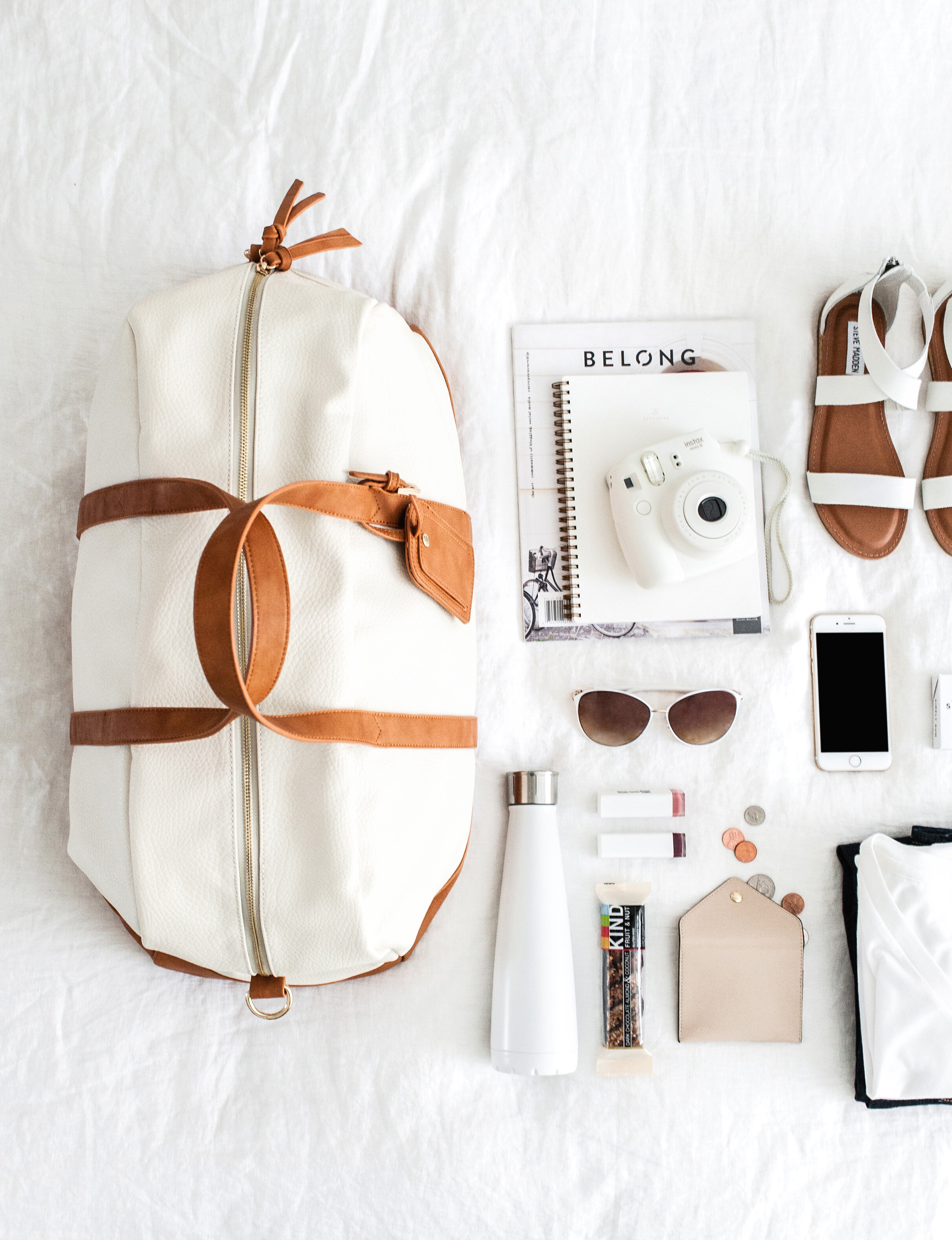One thing I love about personal styling is that my inspiration isn’t limited to runways. I buy for individuals, not stores. This means that the trends I see are not merely driven by large corporations or design houses, but also in shifts happening from the ground up.
In the last few years, more clients have been asking to shop from brands that are striving to be environmentally friendly, sustainable, and ethically made. While I love that many brands are building these values right into their business models, we still have a long way to go. New technology is opening the market for alternatives that go far beyond plastics (Are those pineapple fiber sneaks, why yes they are!). However, I’ve felt some tension around environmentally friendly, sustainable, and ethically made footwear and apparel. Mainly, are if these new alternatives as environmentally friendly as they claim to be?
The answer I have found is both yes and no. It will take consumers at large to encourage brands to create products that we want to support. So, how do you become a savvy consumer instituting what I call a “better buying” ethic? Below are a few simple guidelines you can adopt and questions to ask yourself before your next purchase.
Stay Stylish and Be Well,
Look at the Label
The key difference in better buying and falling victim to slick marketing schemes is to do your homework. Environmentally friendly, sustainable, and ethical fashion starts with clean production and materials.
Better Buying Questions:
What are the materials the company is toting as environmentally friendly and sustainable?
How and where are these materials/products produced?
How do the fabrics age?
Get to know your fabric names. Tencel/Modal, a wood based material, and Bamboo based fabrics have been some of the most popular man-made fibers to enter the market in the last 20 years. They are sustainable from a farming perspective and biodigrade over time. They require less water than cotton and are quick growing. However, these materials do require petrochemicals in their production. While these chemicals can be reused, the energy required in the production is problematic.
Consider the Price Point & Investment
Another way to limit over production and buy smarter is considering how you invest. High quality pieces are designed to last, which is why I recommend that clients buy the best they can afford.
Better Buying Questions:
Is this purchase a need or want?
How many times a week will you wear it?
Does this require special washing or care?
Will you have this piece for a year, five, or will it end up in a pile to donate soon?
If on sale as a PROMOTION, is it really a value or is your purchase supporting an unhealthy retail cycle?
Keep a Pulse on What Companies You are Supporting
Becoming a conscious consumer is a long game. I encourage my clients to buy what they love because I know it will stay in their closet for several years. Many companies are hopping on the vegan leather or eco-friendly bandwagon because it’s a new hip tag-line. Do you due diligence and follow brands who fully embody these values. It will make shopping easier (less fact checking) and help support those striving to change the industry.
Better Buying Questions:
(Most importantly) Do they make products that last?
Do they sell multiple product categories with environmental sensitivity?
Do they have a long-term vision to move their products to greater sustainability and zero net impact?
How many new collections does this brand drop a year and do they have a demand based production model?
Preserving production energy and reducing transportation impacts are all part of the solution. A new wave of demand based retailers are moving into this space and it’s exciting to see what may happen. Retail, in a way, is going back to its made to measure roots. If you are curious to read more here is a link to a HBR article that dives deeper.
Explore Alternative Markets & Care For What You Have
One way we can help sustainability/environmentally friendly causes is to use what has already been produced. Buying from second hand or discount retailers reduces the production cost of the garment over more than one owner and keeps quality items out of landfills. While discount retailers like Nordstrom Rack or Off Fifth (Saks) can have amazing deals from last season, check and see that they are truly closeouts. If there is no markdown price or the brand is exclusive to the discount store, skip it. These items were likely produced to sell at a low price so the quality and/or vendor that may not be reputable.
Curious what you shouldn’t be buying second hand? Here is a handy Real Simple list to guide you. Our biggest tip is to purchase unstained or torn pop pieces like a jacket, jewelry, or a fun blouse. Vintage or recycled fashion may not be for everyone, but for those of you who enjoy a little impulse buy or want to add some temporary spark to your wardrobe this can be a great method that you can pay forward.
There are many ways to be a conscious consumer but the most important thing is to remain aware that choices you are making do have consequences. It is easy to go mad with mitigating risks and consequences that you box yourself out of buying anything. Maybe that wouldn’t be a bad thing? Plenty have taken the no buying challenge (we blogged about it here). However, if you have a need, see if you can fill it with something a little better than your last purchase. There are also handy apps, like this one from good on you, that can help you make an educated decision. At the end of the day all production has an impact on our planet (Eco friendly or not) so do your best, keep an eye on the big picture, and enjoy what you have.
If you enjoyed this post, consider subscribing here!














